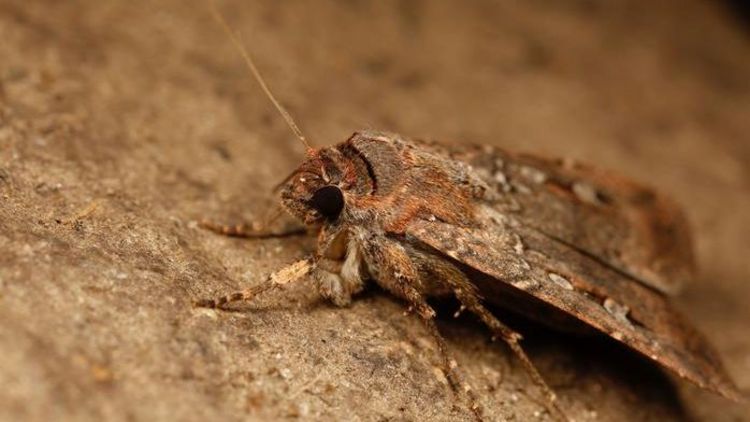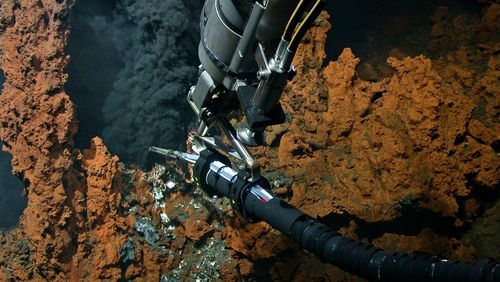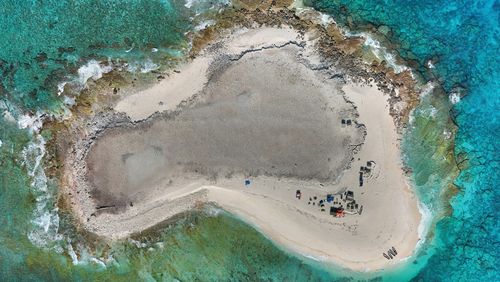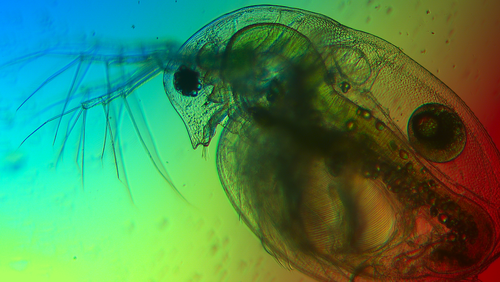Australian bogong moths are famous for their amazing long-distance migrations. An international team including researchers from Oldenburg has discovered that the insects use the stars and the Milky Way as a compass during their annual 1,000-kilometre journey to cool inland caves.
The Bogong moth Agrotis infusa is native to Australia and has an unassuming grey-brown colour and a brain the size of a tenth of a grain of rice. Despite this, it also has a hidden “sixth sense” that has puzzled scientists for decades.
Every summer, it makes a night-time journey of more than 1,000 kilometres in the dark. It then spends the summer in the cool caves of Australia’s highest mountain range, the Snowy Mountains – a place the moths manage to find despite never having been there before or having any type of guide. When autumn arrives, the approximately four billion moths make the same journey back again to mate, lay eggs and ultimately die.
In a new study published in Nature, an international team of researchers led by Lund University in Sweden and involvig researchers from the University of Oldenburg has managed to identify part of the puzzle surrounding the migration mystery.
“Navigating by the stars is a capacity that only humans, often with the help of a sextant, and certain birds that migrate at night possess. Now we can establish that the Bogong moth is the first invertebrate so far known to master this feat,” says Eric Warrant, a biology professor at Lund University who led the study. Warrant is a Principal Investigator in the recently approved NaviSense Cluster of Excellence at the University of Oldenburg.
The current study iincluded contributions from biologist Prof. Dr Henrik Mouritsen, spokesperson for the future cluster of excellence, and Dr Jingjing Xu, who completed her doctorate in Oldenburg and is now a researcher at the University of Southern Denmark in Odense. They were involved in behavioural experiments. The technical workshops at the University of Oldenburg manufactured parts of the experimental apparatus.
A eureka moment
Using sophisticated flight simulators and brain analyses in controlled, magnetically neutral environments in Australia, the researchers tested how the moths orientate themselves under different sky conditions. When the insects were presented with a natural starry sky without a magnetic field, they consistently flew in the right migratory direction for the season – south in spring, north in autumn.
“When the starry sky was rotated 180 degrees, the moths also changed direction 180 degrees, but when the stars were distorted, their orientation disappeared. It was a real eureka moment to experience this in the experiments,” says David Dreyer, a researcher at Lund University.
The researchers also succeeded in mapping the neural circuits in the moths’ mini-brains where information about the stars is stored. And not only that – they were also able to establish that the Bogong moth does not lose its migratory direction when the stars are covered by clouds. This means that the Earth’s magnetic field can also be used as a supplementary compass.
It is of the utmost importance that we protect this marvellous navigator and provide it with safe migration routes and dark skies.
Eric Warrant
“It is absolutely amazing considering the length of the journey. It’s the equivalent of a human migrating the length of two round-the-world journeys using only their senses,” says Eric Warrant.
The new discovery could be of interest to engineers developing flying drones, for example. It could also inform conservation strategies for species threatened by climate change or loss of habitat. Most importantly, the study highlights the magnificence of nature and the importance of preserving biodiversity.
“The Bogong moth is an endangered species in Australia due to drought caused by climate change. It is of the utmost importance that we protect this marvellous navigator and provide it with safe migration routes and dark skies,” concludes Eric Warrant.
This text is based on a press release from Lund University.




